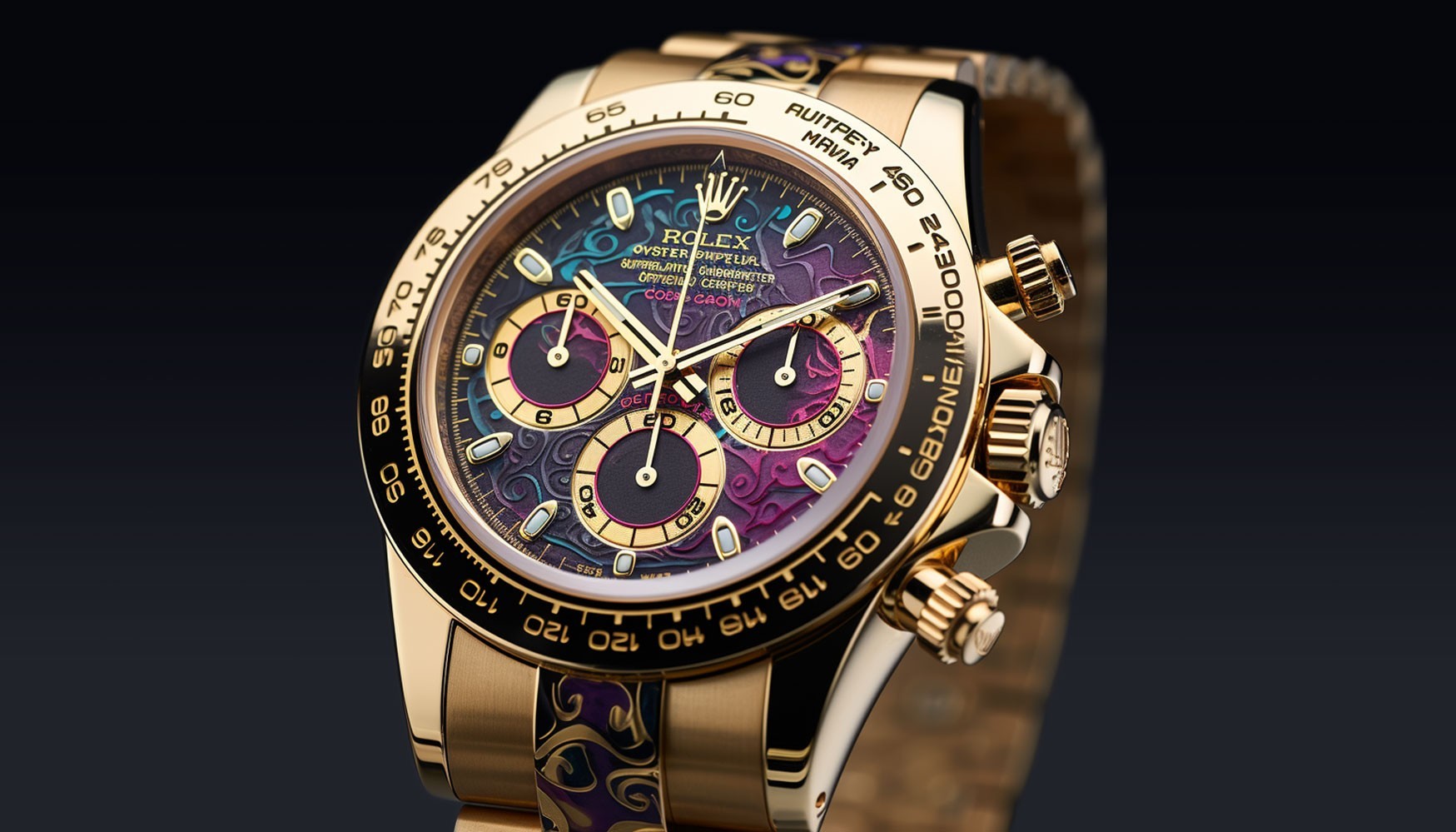
It should come as no great surprise to anyone reading this that the pre-owned watch market is one of the hottest, most active and contested segments of the watch industry at the moment. The secondary market is big business, and everyone, from global resellers to watch brands themselves, is getting on board, and the experience of buying a pre-owned watch today, whether vintage or new, is dramatically different than it was even a few years ago. Of course, with increased interest comes increased expectations. Now more than ever, savvy collectors are concerned with the authenticity of every part of a watch, from the papers to the pallet fork, and with good reason.
Counterfeit watches are typically easy to spot for the trained authenticator or dealer, but what's more challenging is when a watch is assembled after the fact with legitimate parts. The common term for this is a 'Frankenwatch', a watch that, much like Frankenstein's monster, isn't quite right.
One of the most shocking watch world controversies of 2023 was the ever-untangling tale of an Omega Speedmaster ref. 2915 that sold for a phenomenal 3.12 million Swiss Francs in 2021. This 1957 Speedy was touted as an early and important example of the reference, made even more outstanding thanks to the rich chocolate tropical dial. Not only did this watch hammer in at more than 30 times the auction estimate, it became the most expensive Omega ever sold.
Except there was one problem. It was a cleverly assembled fraud. It is alleged that the dial had been purchased from a Swiss dealer, and the movement was altered to give it a serial number within the right range. A period-correct bezel was sourced, along with a set of appropriate hands. All the parts were original, but they didn't leave the Omega factory on the same watch.


H.Moser et Cie Swiss Icon Watch released in 2018. Image Credit: Monochrome watches
H.Moser et Cie Swiss Icon Watch released in 2018. Image Credit: Monochrome watches
Now, this is a clear example of one end of the spectrum, a watch put together with the intention of being passed off as original. By some reckonings, this would be considered a Frankenwatch, but others would argue that a Frankenwatch is a term that's a little more specific — referring only to a watch that has been put together in an often random combination, one that doesn't fit with any legitimate example from the brand. Often this isn't done with malicious intent — perhaps someone wanted to customise a watch to their unique tastes, or a watchmaker used parts they had on hand. Indeed, there's a thriving ecosystem of watch customers and modders who manage to skirt a fine line of respectability and legitimacy in this space. In the vintage space especially, it is not uncommon for parts (especially on older watches) to be swapped out with newer replacements when the maker determines that the original has the potential to fail or otherwise damage the watch. The only difference is that when this is done under the imprimatur of the brand, it's called a 'service dial' or similar, rather than a Frankenwatch.


Customised Rolex and Patek Philippe dials. Image Credit: Time for Diamonds
Customised Rolex and Patek Philippe dials. Image Credit: Time for Diamonds
So, is a Frankenwatch fair game, or is it a fake? The answer comes down to two factors. Transparency and perceived value. If someone wants to customise their own timepiece to give it a unique look, that's all well and good. However, if this watch is sold without disclosure, or even worse, deception — it suddenly feels less fun and more fraudulent. This is especially relevant when price comes into play. A few years ago, a Speedmaster from the 70s with an unknown service history and incorrect handset wouldn't have been too remarkable. It might have impacted the price, but within the broader understanding of vintage watches, it would have been accepted for what it is. Now, though, as prices for older pieces continue to rise, the demand for top-to-bottom authenticity and accountability is higher than ever. We are increasingly seeing that not every watch from generations past can live up to the standards of today. On the one hand, it's important to recognise that we may be holding watches to unreasonable standards, but on the other, there are bad actors out there, and consumers need to be careful. So, is the Frankenwatch an acceptable part of watch culture, or is it a modern-day monster? The truth is, it's both. So be careful out there.
How far in advance do you usually book tickets?
- Within 24h Before
- 1-3 Days Before
- 1-3 Weeks Before
- Over a Month Before















